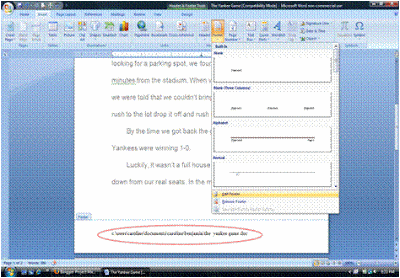- clients' end-of-the year rush to spend their budgets in order to squeeze out a last bit of performance or to justify next year's budget.
- vacation days & corporate policies for roll-over (or not as the case may be).
How can a dedicated agency person, leave her client, or for that matter, her team in the lurch during these critical times of year? This conundrum becomes even more complex because people both have long-standing plans, or faced with UIoLI, slap together last-minute trips. To turn up the temperature a few more degrees, on the client-side the same thing is happening, making the end of the year pretty much the sloppiest, most pressured, time of the year.
It only took me a few cycles of being one of the few saps (dedicated employees?) still in the office at 11pm on 12/23 and 7/3 to begin managing my and my team's vacation schedules. One approach I've taken rounding the Q3 corner, when my team wasn't burning their vacation days fast enough was to implement Winter Fridays, where they could at least enjoy some additional 3-day weekends. If someone has two weeks of unused vacation coming onto the 4th quarter, they can pretty much work it out so that they can have 4-day weeks for the rest of the year. Another approach was to encourage them to come in late or leave early. Of course, the "good" ones (you guys know who you are) would still manage to put in over 50+ hours, even in those shortened weeks. At least they got some down-time that they otherwise would not have had.
Their are many benefits to encouraging (or as some of the business literature suggests, "forcing") your team to take time off, including: higher retention rates and increased morale to learning time-management skills and driving productivity. The Harvard Business Review, Wall Street Journal, Business Week and many others have written extensively about these issues.
So, if you're not fortunate enough to live in a state like California, where vacation days are considered earned wages that roll-over from year to year, take the time you deserve. Trust me, you and everyone around you will be better off than if you give them back to the man.







